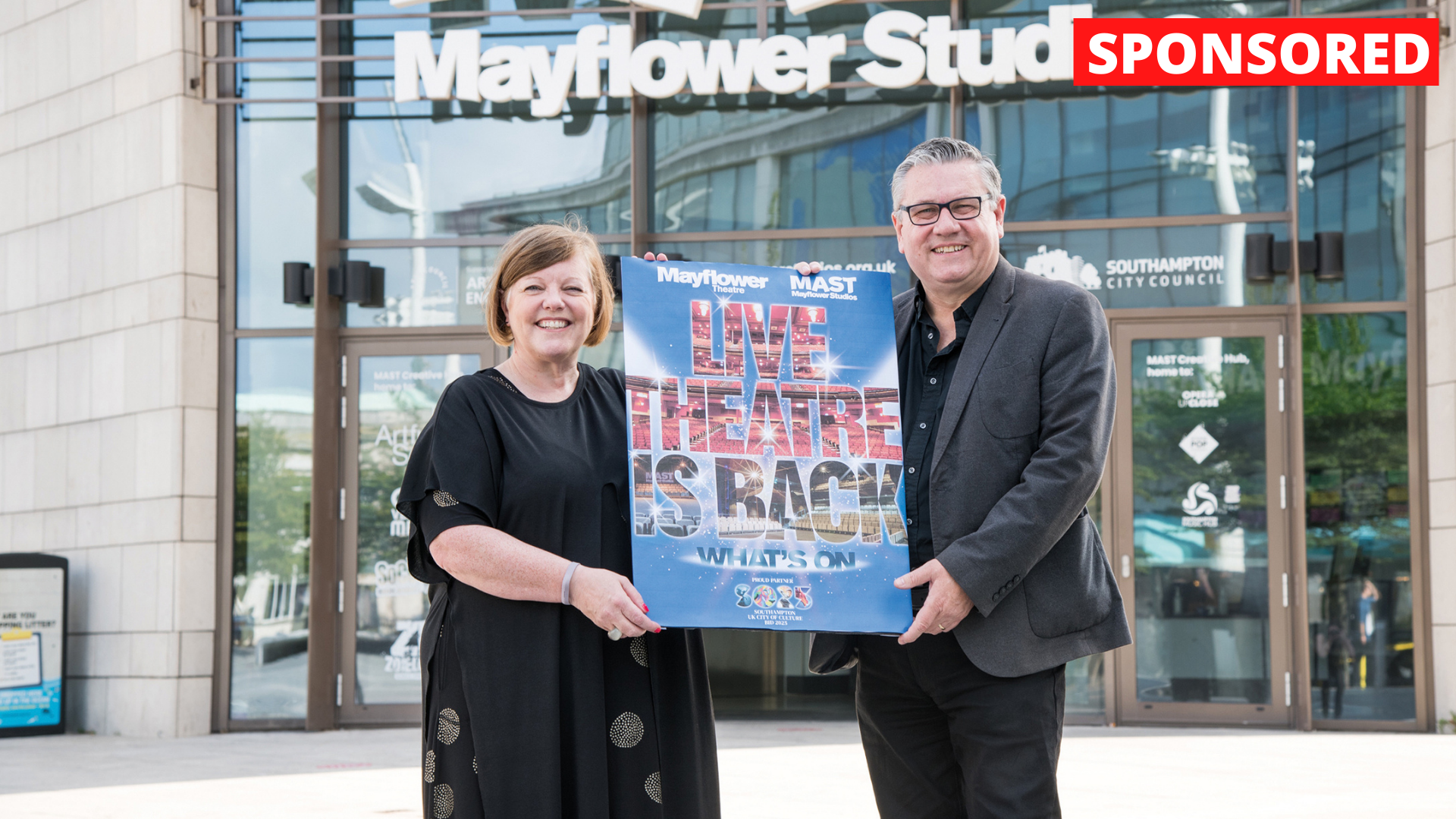“Culture is who we are and what we do, it’s about how we live our lives,” says Claire Whitaker OBE, explaining why the bid she is directing for Southampton to become the UK’s capital of culture in 2025 is something everyone in the south coast city should unite passionately behind. “It’s not something for any sort of elite,” she continues, “it’s something for all the people of Southampton. It’s about telling Southampton’s story to the people of Southampton, the people of the UK and the rest of the world.”
Its Premier League football team and its mighty gateway port help transport Southampton’s name around the globe. Yet, how well do most people really know the city and its rich history and heritage of creativity, innovation, exploration, and arrival?
It’s the city from which legendary ships such as the Mayflower, the Titanic and the Queen Elizabeth have all set sail. It’s where the iconic WWII fighter plane the Supermarine Spitfire was designed and built, and where many of the Windrush Generation of Caribbean immigrants first set foot on British soil. Famous sons, daughters, and residents of Southampton over the centuries have included novelist Jane Austen and artist Edward John Gregory.
The vibrant, dynamic face of the city today is represented by the likes of pop singer Craig David, fashion designer Jenny Packham and chef Shelina Permalloo – all three of whom are among official ambassadors for Southampton City of Culture 2025, alongside the likes of guest editor of The Big Issue’s Windrush Special Edition, Baroness Floella Benjamin, and footballer Lawrie McMenemy MBE.
Southampton’s cultural spaces – which include iconic grassroots gig venue The Joiners, the John Hansard Art Gallery and the Mayflower Theatre – serve top class offerings year-round. City of Culture status would “amplify that, makes more things possible,” says Whitaker, an OBE with 30 years of experience steering major cultural organisations nationally and internationally. She points to Hull’s year as City of Culture in 2017, encompassing huge public art installations, fireworks displays and exhibitions which together attracted more than five million people and £220 million of investment, as an example of the benefits to be reaped.
“In Hull nine out of 10 residents went to at least one event in City of Culture,” says Whitaker. “This is something which can really touch a whole city. Hull is a similar size to Southampton, and we hope we could exceed their achievements – which would mean more than 90 per cent of the population in Southampton gaining something from being City of Culture.”









